When running PPC campaigns, finding the right keywords is important – but blocking irrelevant ones is just as critical. Negative keyword research helps you avoid wasting money on clicks that don’t convert. This article highlights the best tools for identifying negative keywords to optimize your ad budget and improve campaign performance.
Key Takeaways:
- Google Keyword Planner: Free tool for basic negative keyword research; integrates well with Google Ads.
- Sitechecker Negative Keyword Tool: Offers automated suggestions and regional targeting; free with paid plans for advanced features.
- WordStream: Advanced keyword discovery and account audits; ideal for larger budgets.
- Semrush: Premium tool with a focus on competitor analysis; best for comprehensive PPC strategies.
- Upward Engine: Custom-tailored solutions with manual reviews, designed for U.S. businesses.
Quick Comparison:
| Tool | Pricing | Key Features | Best For |
|---|---|---|---|
| Google Keyword Planner | Free | Basic keyword suggestions, Google Ads sync | Beginners or small budgets |
| Sitechecker | Free/$29-$299 per month | Automated suggestions, bulk processing | Mid-sized campaigns |
| WordStream | $299-$999 per month | Advanced insights, performance tracking | Larger businesses with higher spend |
| Semrush | $119.95-$449.95/month | Competitor analysis, large keyword database | Complex campaigns |
| Upward Engine | Custom pricing | Manual reviews, tailored strategies | Businesses needing expert input |
Negative keyword research isn’t a one-time task – it’s an ongoing process to refine your campaigns and reduce wasted spend. Whether you’re just starting or managing complex campaigns, there’s a tool here that fits your needs.
Google Ads Negative Keywords: The RIGHT Way to Find and Add Negatives | Step-by-Step Tutorial
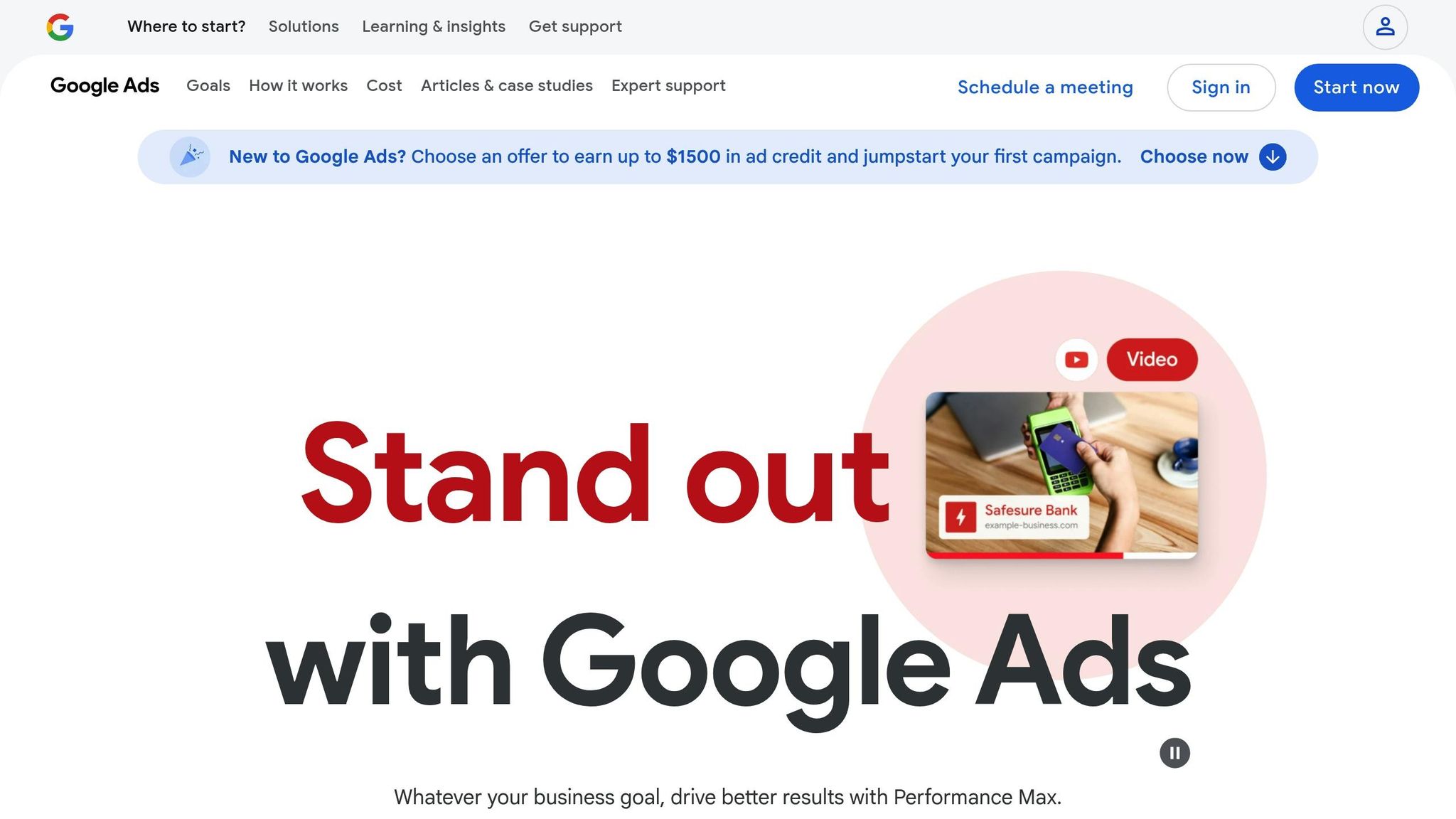
1. Google Keyword Planner
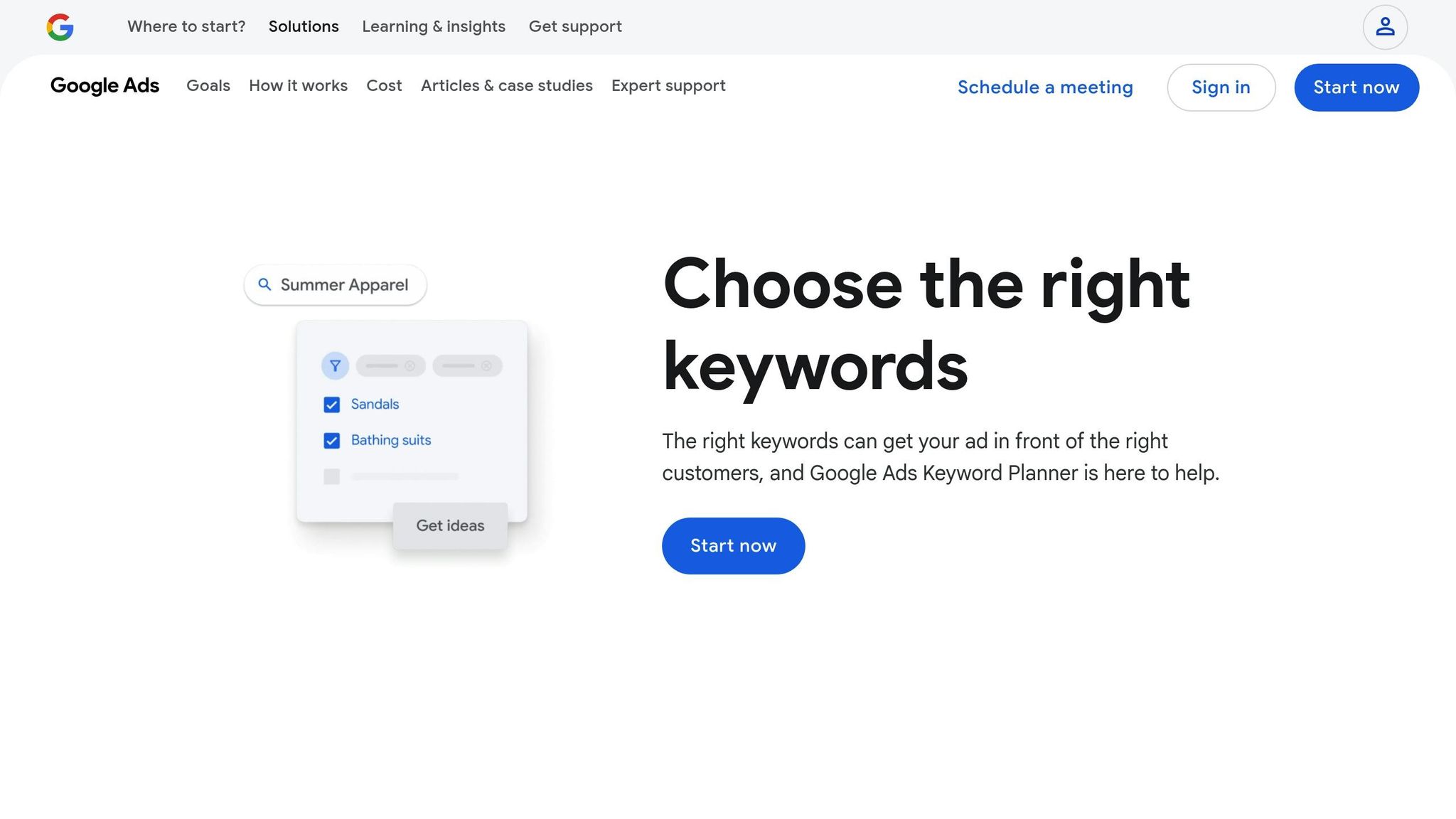
Google Keyword Planner is a go-to tool for beginners diving into negative keyword research for PPC campaigns. While it’s primarily designed for finding keywords to target, it also gives you valuable data to identify terms you don’t want your ads to show for. Think of it as a starting point that sets the stage for more advanced tools.
How It Helps Spot Negative Keywords
This tool doesn’t directly hand you a list of negative keywords. Instead, it provides a treasure trove of related search terms when you input a seed keyword. By scanning this list, you can identify terms that don’t align with your business goals. For instance, if your company offers premium software, you might notice phrases like “free software alternatives” or “open source options” popping up – perfect candidates for your negative keyword list. Similarly, a luxury hotel chain might find terms like “budget accommodations” that don’t fit with its high-end branding.
Targeting U.S. Audiences
For advertisers focused on U.S. markets, Google Keyword Planner’s location filters are a standout feature. You can refine your keyword data to reflect search behavior in specific regions, from the entire country down to individual states or cities. This ensures your campaigns are built on data that’s locally relevant and tailored to your audience.
Cost and Accessibility
Here’s the great part: Google Keyword Planner is completely free. All you need is a Google Ads account, and you don’t even have to run active campaigns to access its basic features. However, keep in mind that search volume data is shown as ranges (e.g., 1K–10K searches) unless you’re actively spending on campaigns.
Easy Integration with PPC Campaigns
Since it’s part of Google Ads, this tool integrates seamlessly with your campaigns. Once you’ve identified negative keywords, you can export them directly into your Google Ads account or save them as shared lists. And if you’re running ads on other platforms like Microsoft Ads, the CSV export option makes transferring your data quick and simple.
2. Sitechecker Negative Keyword Tool
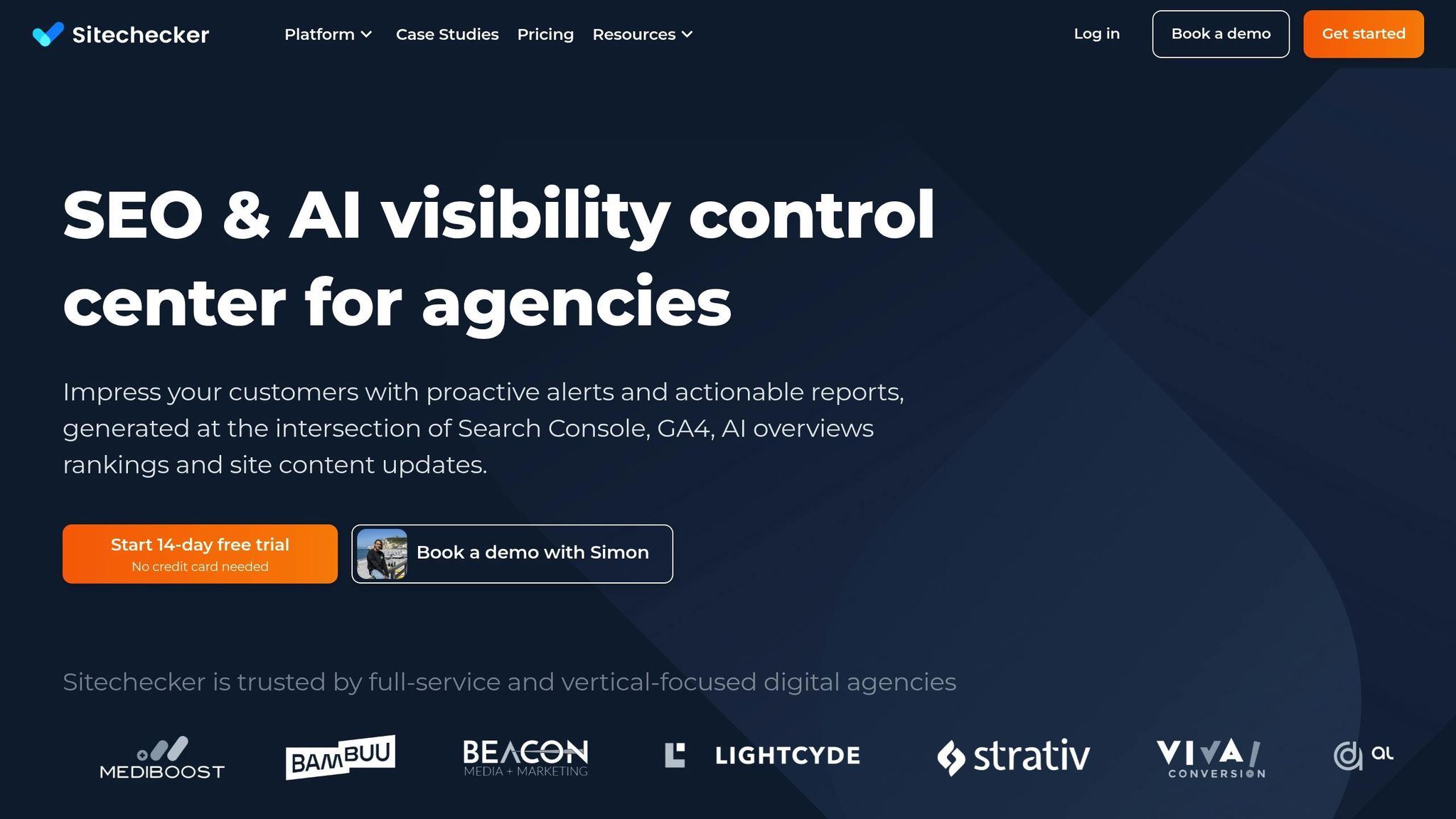
The Sitechecker Negative Keyword Tool helps you refine your ad campaigns by pinpointing and removing irrelevant search terms. This ensures your advertising dollars are spent on queries that actually yield results. Here’s a closer look at what makes this tool a valuable asset for creating effective negative keyword strategies.
How It Identifies Irrelevant Keywords
With this tool, you can input broad search terms to generate a mix of keyword suggestions – some relevant, others not so much. Each suggestion is paired with data like search volume, trends, and competition metrics, giving you the insights needed to identify keywords that don’t align with your goals. This automated approach is a huge time-saver compared to manually brainstorming unwanted keywords.
Features for U.S.-Specific Campaigns
The tool is designed with American audiences in mind, offering precise regional targeting to match local search behaviors. This means you can fine-tune your negative keyword lists specifically for your target area. As Sitechecker explains:
By targeting specific languages and regions, it optimizes ad spend, reduces irrelevant clicks, and improves campaign performance.
Cost and Accessibility
One of the standout features of this tool is its cost – or lack thereof. The basic version is completely free, making it accessible for businesses across the board. For those who want more advanced features like detailed trend graphs and competition analysis, there’s a 14-day free trial available, and you won’t need a credit card to sign up.
Seamless Integration with PPC Platforms
Sitechecker works smoothly with major PPC platforms like Google Ads, Microsoft Ads, and Yahoo Ads. Once you’ve identified your negative keywords, you can easily add them directly to your campaigns. With a 4.5-star user rating, the tool has proven to be a reliable choice for advertisers looking to enhance their PPC strategies.
3. WordStream
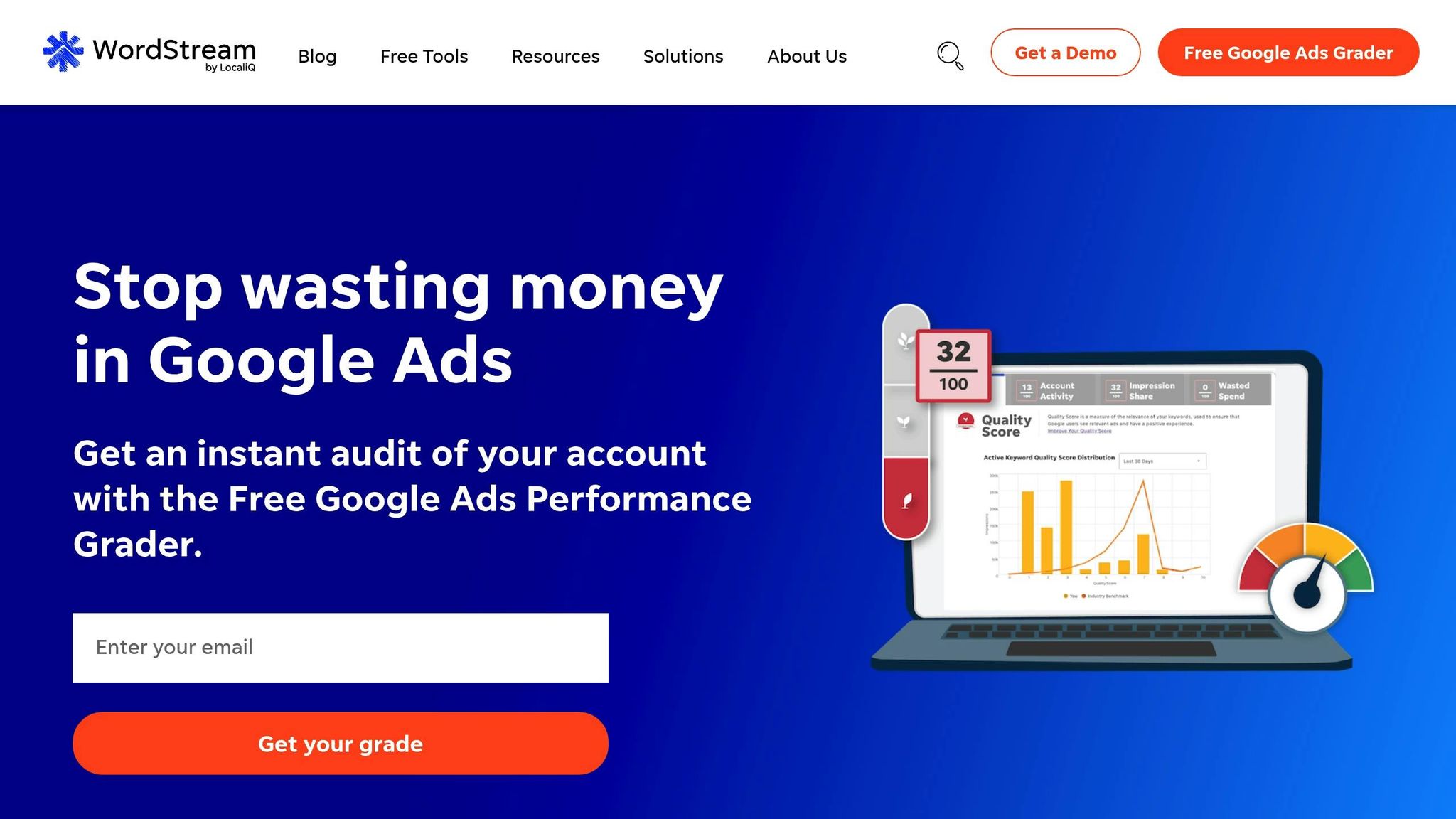
WordStream builds on tools like Google Keyword Planner and Sitechecker by offering features that help you exclude irrelevant keywords before they impact your budget. Its Free Keyword Tool is designed to identify and block unwanted keywords proactively, saving you from having to analyze search query reports after your budget has already been spent.
Negative Keyword Identification Capabilities
Using the tool is straightforward: enter a broad search term, specify your industry, and choose a target country. The tool then provides keyword suggestions, complete with options for match-type control and competitor URL analysis, helping you refine your list of negative keywords.
WordStream also offers industry-specific data, such as competition levels and estimated cost-per-click (CPC), to prioritize which negative keywords to focus on. Additionally, it can analyze keywords from website URLs – including competitor sites – to generate suggestions tailored to your context. With support for broad, phrase, and exact match types, the tool provides precise filtering options.
Pricing (Free or Paid)
WordStream’s free keyword tool initially displays up to 25 keyword suggestions. To access the full list of hundreds of suggestions, you simply need to provide your email address, and the results will be sent to you in a downloadable CSV format.
Beyond the keyword tool, WordStream also offers a Free Google Ads Performance Grader. This tool audits your Google Ads account to pinpoint areas where your negative keyword strategy might need improvement. Like the keyword tool, this auditing feature is completely free.
Integration with PPC Platforms
After identifying your negative keywords, you can easily implement them across major PPC platforms. The tool’s CSV export format simplifies uploading your keyword lists directly into platforms like Google Ads and Microsoft Ads, eliminating the hassle of manual entry. This seamless integration ensures that your negative keyword strategy is both efficient and effective, complementing other tools you may already use.
sbb-itb-7a4ada9
4. Semrush
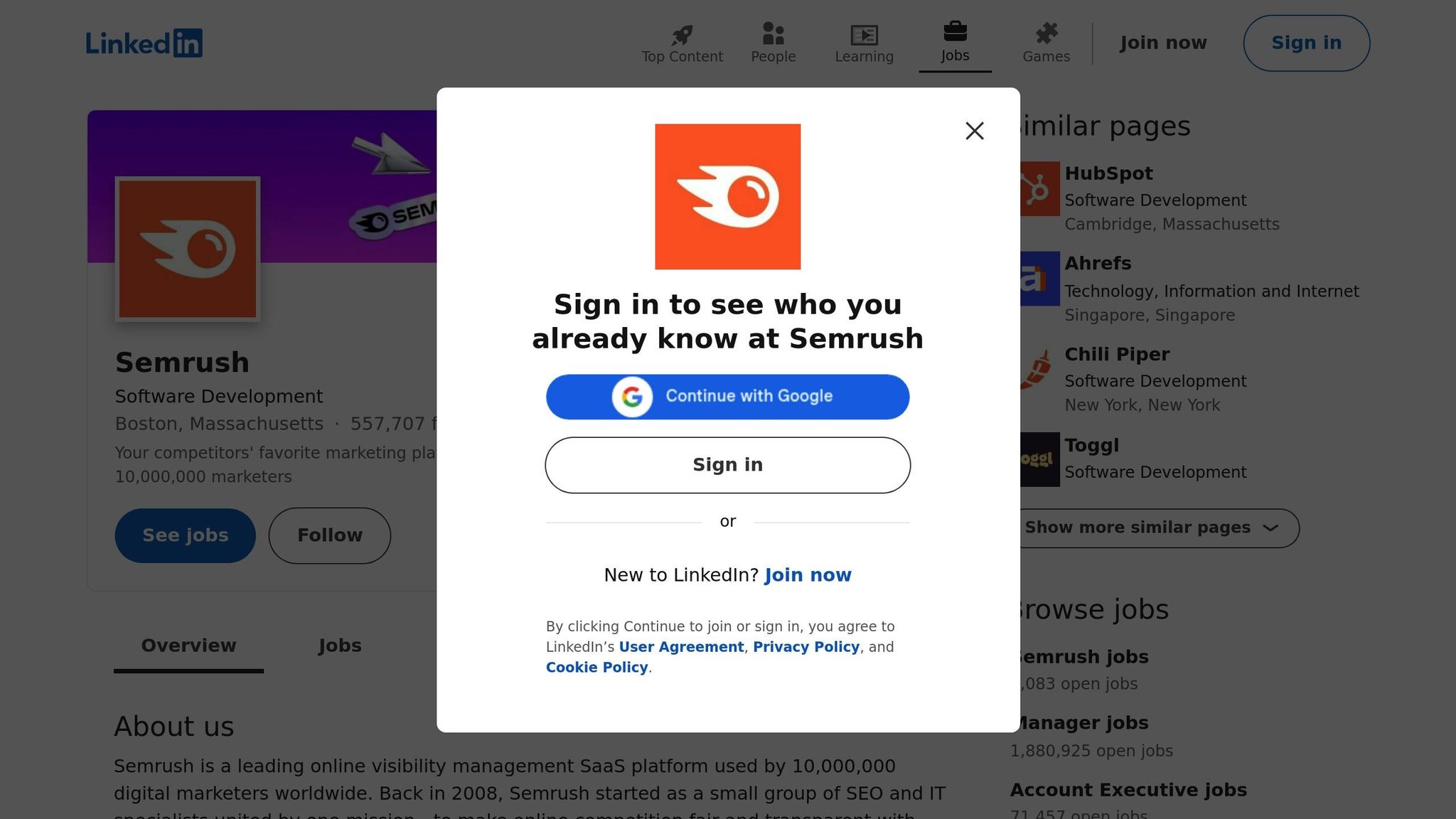
Semrush includes negative keyword research as part of its premium Advertising Toolkit, designed to refine PPC campaigns.
Negative Keyword Research Capabilities
With the Keyword Magic Tool, you can target specific locations, such as the United States, making it easier to tailor your campaigns to particular markets.
Pricing
This feature is available exclusively within Semrush’s paid Advertising Toolkit. Access to negative keyword research requires subscribing to the full package.
Similar to other tools, Semrush provides targeted insights to strengthen your negative keyword strategy.
5. Upward Engine

Upward Engine takes a personalized approach to negative keyword tools, blending negative keyword research directly into their custom-tailored paid search campaigns. Their strategies are designed to improve online visibility and maximize ROI for businesses across the United States.
Negative Keyword Identification Capabilities
As part of their PPC services, Upward Engine conducts in-depth negative keyword research to fine-tune campaigns. Their team carefully evaluates search queries to weed out irrelevant terms, helping eliminate wasted ad spend and ensuring your budget targets high-intent clicks.
What sets them apart is their manual review and analysis of campaign data. This hands-on approach allows them to spot patterns in irrelevant traffic and develop both campaign-level and ad group-level negative keyword lists. This ensures precise targeting, even across multiple product lines or services.
U.S.-Specific Targeting and Features
Upward Engine zeroes in on U.S. market dynamics, focusing on American search habits and regional language nuances. This localized approach helps them build accurate and effective negative keyword lists that align with U.S. search behavior.
Pricing
Rather than offering one-size-fits-all pricing, Upward Engine tailors its costs to the complexity of your campaigns and your specific needs. Their custom pricing model ensures you only pay for the services you require, whether you’re a small business with a modest budget or a larger enterprise running multiple campaigns.
This flexibility makes their solutions scalable, catering to businesses of all sizes and industries.
Integration with PPC Platforms
Upward Engine seamlessly integrates negative keywords into major PPC platforms, continuously refining strategies based on real-time campaign data. Their ongoing optimizations help ensure your campaigns stay efficient and deliver the best possible results.
Tool Comparison Chart
The table below breaks down the key differences between several popular tools for managing negative keywords, helping you choose the one that best fits your needs.
| Tool | Pricing | Main Features | Pros | Cons |
|---|---|---|---|---|
| Google Keyword Planner | Free | Basic keyword suggestions, search volume data, negative keyword identification | Free to use, direct data from Google, works seamlessly with Google Ads | Limited negative keyword options, requires a Google Ads account, basic interface |
| Sitechecker Negative Keyword Tool | $29-$299/month | Automated keyword suggestions, competitor analysis, bulk keyword processing | Easy-to-use interface, generates extensive keyword lists, automated suggestions | Subscription required, limited free features, may suggest overly broad negatives |
| WordStream | $299-$999/month | Advanced keyword discovery, account audits, performance tracking | Detailed campaign insights, expert advice, automation saves time | Expensive for small businesses, steep learning curve, best suited for higher ad spend |
| Semrush | $119.95-$449.95/month | Competitor analysis, PPC keyword research, campaign optimization | Rich competitor data, large keyword database, multiple PPC tools in one platform | High cost for negative keyword research alone, complex interface, may overwhelm beginners |
| Upward Engine | Custom pricing | Manual campaign reviews, personalized strategies, ongoing optimization | Expert-driven analysis, tailored for U.S. businesses, customized to specific needs | Pricing requires consultation, not self-service, potentially costly for small budgets |
Each tool caters to different needs, making it important to match your choice with your business size, budget, and campaign complexity.
For advertisers on a tight budget, Google Keyword Planner is a solid starting point. It’s free and provides basic insights, perfect for simple campaigns or those just beginning with negative keywords.
Mid-sized businesses juggling multiple campaigns might appreciate Sitechecker’s automated features. It offers more advanced suggestions than free tools, saving time without breaking the bank.
Larger businesses or enterprises often turn to WordStream or Semrush for their robust capabilities. These tools provide in-depth competitor analysis and a wide range of features, making them ideal for managing complex campaigns.
For businesses that need a personal touch, Upward Engine stands out. It offers tailored strategies and expert assistance, which can be invaluable for campaigns requiring a human touch that automated tools might overlook.
While Google Keyword Planner works directly with Google Ads, tools like Semrush and WordStream support multiple platforms. Upward Engine, on the other hand, handles all integrations as part of its service, making it a hands-off option for busy advertisers. Self-service tools require more learning, but full-service options can save you time while offering expert insights.
Conclusion
Choosing the right negative keyword research tool can make a huge difference in how well your PPC campaigns perform while helping you cut down on wasted ad spend. For businesses in the U.S. running Google Ads, Facebook Ads, or other paid campaigns, a well-curated negative keyword list can be the deciding factor between a profitable campaign and throwing money away.
If you’re just starting out, budget-friendly tools are a great place to begin. Google Keyword Planner is a solid choice – it’s free, provides reliable insights, and integrates seamlessly with Google Ads.
For more in-depth needs, there’s a range of options to explore. Free tools like Google Keyword Planner give you the basics, mid-tier tools such as Sitechecker offer automated analysis, and premium platforms like Semrush and WordStream provide advanced features, including competitor research and optimization tools. While these enterprise solutions come with a higher price tag, they can pay off for advertisers managing large or complex campaigns by delivering better performance and detailed insights.
If you’d rather have expert guidance, working with agencies like Upward Engine might be the way to go. They provide manual campaign reviews combined with strategic advice tailored specifically for U.S. businesses, making them a great option for companies that value a hands-on, customized approach over DIY tools.
The key is to choose a tool that aligns with your business size, budget, and advertising goals. A small local business running a few Google Ads will have very different needs compared to a national e-commerce brand juggling hundreds of keywords across multiple platforms. Start with tools that fit your current campaign complexity and scale up as your advertising efforts grow.
And remember, negative keyword research isn’t something you do once and forget about. Continuously refining your negative keyword list is essential to keeping your campaigns efficient and making the most of your ad budget.
FAQs
What are negative keywords, and why do they matter in PPC campaigns?
Negative keywords are specific words or phrases you deliberately block from triggering your pay-per-click (PPC) ads. This ensures your ads don’t appear in irrelevant search results, helping you focus on reaching people who are genuinely interested in what you offer.
Why does this matter? It keeps your ad spend in check by avoiding clicks from users who aren’t your target audience. At the same time, it improves the relevance of your ads, which can lead to better performance overall. By steering clear of unqualified traffic, you’ll stretch your advertising budget further and see a stronger return on investment (ROI).
What’s the best way to choose a negative keyword tool for my business?
The best negative keyword tool for your business depends on a few key factors: the size of your ad campaigns, how much automation you need, and your budget. For smaller campaigns or those managed manually, basic tools like Google Ads Keyword Planner can get the job done. On the other hand, if you’re handling larger or more intricate campaigns, advanced tools such as SEMrush or Ahrefs offer deeper insights and automation capabilities.
If saving time and simplifying processes is a priority, look for platforms with built-in automation features. Think about your campaign objectives and how much customization you require to choose a tool that aligns with your overall strategy.
How can I effectively refine my negative keyword list to improve campaign performance?
To keep your campaigns running smoothly and cost-effectively, it’s crucial to regularly update your negative keyword list. Start by diving into your search term reports to spot irrelevant or underperforming terms. Once identified, add these to your negative keyword list to prevent your ads from showing up in searches that won’t deliver results. Setting a routine – whether monthly or every couple of weeks – can help you keep up with changes and ensure your ads are reaching the right audience.
For even better control, try organizing your negative keywords at both the campaign and ad group levels. This approach helps you avoid unnecessary ad spend while keeping your ads tightly focused on your objectives. By consistently monitoring and refining your keywords, you can fine-tune your targeting and boost your campaign’s ROI.

